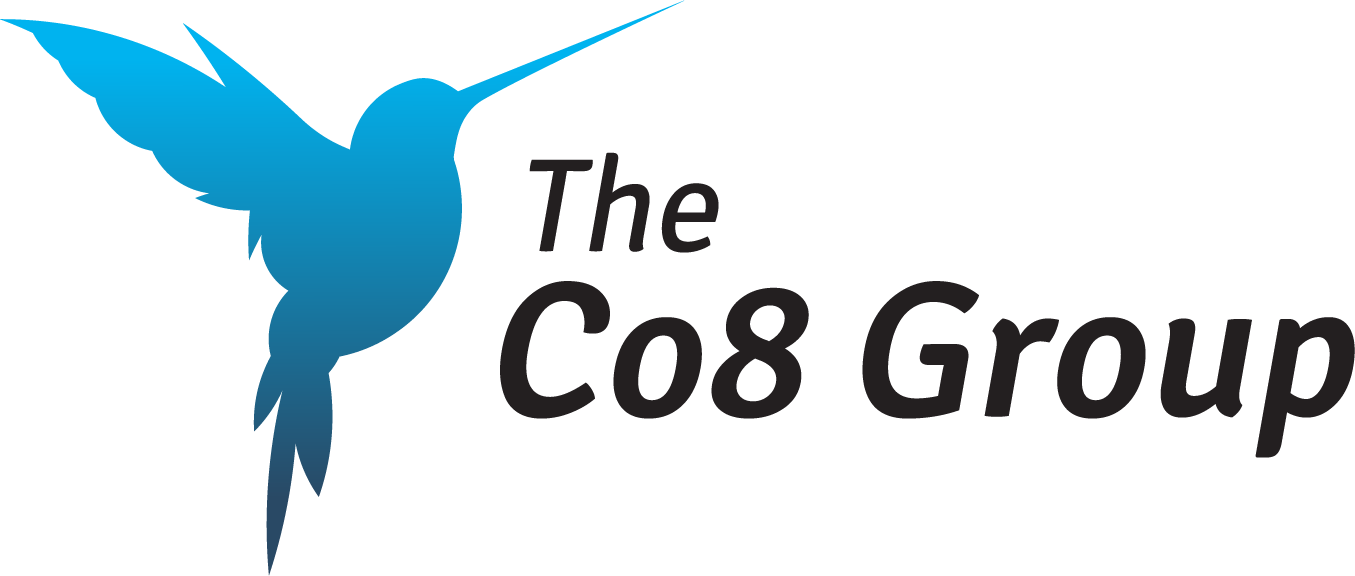Innovating with Confidence using Design Thinking and OKRs
Confident Innovation
Every organization must innovate in order to grow and stay competitive. When Tim Brown published Change by Design in 2009, Brown described a repeatable process by which organizations can innovate. The approach, called Design Thinking, is pretty straight forward: understand the needs of customers, ideate solutions, test prototypes with actual customers and iterate.
The effectiveness of Design Thinking has been proven time and time again, yet, significant hurdles remain, preventing promising ideas from becoming products in the hands of customers. This is because innovation programs inside organizations are challenging endeavors where the best ideas can fizzle out.
Organizations can tackle some of these challenges and make their innovation programs more effective by pairing Design Thinking with a technique called Objectives and Key Results (OKRs). OKRs were invented at Intel in 1972 by Andy Grove and have since become a popular technique for organizations to define, align to and drive strategic priorities. OKRs clarify and quantify desired outcomes, making success measurable. OKRs are highly visible within an organization, are reset quarterly and are reviewed weekly by everyone, including the leadership team.
Here are 3 keys challenges that can be tackled by pairing Design Thinking and OKRs:
Challenge #1: The need to align on innovation. When we think of innovation, we often think of disruptive innovation like the iPhone or Uber, but there are other types of innovation, such as incremental, adjacent (Nagji and Tuff) or sustaining innovation (Moore). When teams enter the ideation phase after defining customer needs, there is a natural tendency to ideate for “blue sky” or “disruptive” ideas. While these big ideas are exciting, they might not align with strategic goals and with what the organization is capable of supporting. How can the ideation process be more effective? When teams understand customer needs and the company's strategic priorities (through OKRs), teams are in a better position to brainstorm solutions that can make an impact where the business wants to go. The OKRs provide guardrails to balance what is desirable for the customer and viable for the business, helping teams calibrate ideas and solutions for greater impact.
Challenge #2: The need for a prioritization mechanism. During innovation sprints, teams generate many exciting ideas and it can be challenging to identify which ideas are the best ones to pursue. Design Thinking in itself does not provide a good prioritization mechanism. How can teams discern the most promising ideas to pursue? This is where turning to OKRs can help. Teams look at their OKRs to identify which ideas are most likely to move the needle on those key results. From there, teams can promote these ideas to the next phase of testing to gather data.
Challenge #3 The need for support and commitment. As valuable as Design Thinking is, ideas and prototypes are frequently abandoned in the weeks following innovation sprints, often leading to frustration. How can teams sustain forward movement with these early prototypes and garner support? Company-level or division-level Innovation OKRs increases visibility, alignment and support. By running experiments with actual customers, teams gather data that may or may not move the needle on key results. With results in hand, organizations can make data-driven decisions about which ideas deserve additional investments of time and resources and which ones can be abandoned.
Throughout the innovation process, combining Design Thinking with OKRs can help teams identify and nurture front runners. OKRs can also shine a light on low-value solutions. Early ideas are frequently over or under-funded. It is essential to identify which ideas to invest in early and recognize the ideas that should be quickly abandoned. As it becomes evident that teams are solving the right problems with the correct solutions, investment in those ideas can increase to the point where the organization is ready to go all in and place a big bet (Sims). Alignment with data is a sure bet when driving innovation with an outcome mindset.
